%20(6).png)
1. How have you seen the field of analog technology and power electronics evolve over the past 30 years, and what trends do you foresee in the coming years?
Businesses are increasingly focused on energy efficiency. Over the years, we have seen a significant shift towards faster switching speeds and digital interfaces in power electronics, as well as reduced electromagnetic interference (EMI) for lower noise. There has also been a growing demand for enhanced resolution in many high-performance signal processing applications, making precision data converters critical components in these systems. Additionally, power electronic devices have become smaller and more compact, making them more space-efficient and allowing for more streamlined designs in electrical systems.
Today, we are seeing a huge transition to 48V especially in automotive systems to provide more efficient power distribution and improve scalability to accommodate modern demands of electronic devices.
More organisations are dedicated to reducing carbon footprints, and we expect power solutions to gain more in the coming years. In fact, the power electronics market in Asia Pacific is expected to contribute 54%to the growth of the global market from 2022 to 2027.
With road vehicles being responsible for 89%of transport-related pollution in the region, electric vehicles (EVs) can be seen as a solution for businesses to reduce carbon emissions and improve fuel efficiency. In fact, almost every car manufacturer is planning to release at least one EV in the coming years to meet the demand for longer range vehicles. As a leading battery systems provider for EVs, our customers’ evolving expectations include improved functional safety, and decreased charge times and cost.
2. What are some of the most exciting and innovative solutions that your FAE teams have developed for ADI's customers recently?
Within our comprehensive portfolio of analog, digital, and software solutions, we have seen great success with our Hybrid Step-Down µModule Bus Converter. With a complete 300W power output, this micromodule offers a high density and cost-effective solution that protects against short-circuit, overcurrent, and over temperature faults. Notably, it also accelerates time to market, enhances robustness, and optimises board space utilisation for power distribution, datacom, and telecom applications.
Furthermore, many of our customers have been seeking to adopt Gallium Nitride (GaN) technology for more reliable and more efficient systems. This allows us to provide seamless ways for them to implement this cutting-edge technology, and one prominent example is our high performance, step-down, dc-to-dc switching regulator controller. This solution simplifies application design for engineers and prevents overcharging of high-side driver supplies.
3. What are some of the key challenges you face in your role as a technical leader of field applications, and how do you address them?
AsI work directly with customers to help them design tailored solutions for their businesses, one of the main challenges I encounter is the need to quickly acquire extensive product knowledge and develop the competency to engage with experienced customers. To address this, we have implemented an internal strategy where we divide our teams into different areas of expertise, each focusing on a specific domain of our product and service portfolio. This will allow us to provide the right support to customers across different technical backgrounds and industries.
We also consistently provide ongoing training to our teams to ensure that they remain well-versed in our current and upcoming solutions, and equip them to drive innovation for our customers. Additionally, maintaining a high level of expertise in our design tools is of utmost importance to us, as it not only speeds up time to market but also minimises errors. As trusted partners to our customers, our Field Application Engineers carry the responsibility to deeply understand the challenges they face and collaborate closely with them to find solutions that meet their needs.
4. Can you share any insights into the impact of analog technology on emerging technologies like IoT and 5G?
The Internet of Things (IoT) plays a significant role in digital transformation and is the intelligent manipulation of digital data generated from analog sources. Leveraging efficient and advanced data analytics, IoT can deliver deep learning and insights that help businesses improve productivity. For reliable and accurate data gathering and transmission, key components like sensors, converters, processors, and transceivers will be crucial for customers that are implementing IoT.
Similarly, as devices and applications start to leverage 5G’s wider frequency range, precision high performance instrumentation and testing equipment will be key to deploying today’s 5G network infrastructure and ensuring a smooth transition. For example, we collaborated with manufacturing company Keysight to develop a first-to-market wireless test platform, enabling the availability of the first industry certified 5G phones.
Essentially, these advancements in IoT and 5G rely fundamentally on accurate and timely measurements of data, which transforms real-world phenomena into precise digital data that can be interpreted, acted upon and analysed. As a leader in data conversion and signal conditioning technology, we continue to empower our customers to harness these emerging technologies in their digital transformation journey.
5. How do you see the integration of analog technology and digital technology shaping the future of electronics?
The integration of both technologies entails the migration of digital functionalities into the analog domain, creating transformative electronic systems that offer enhanced performance, increased functionality, and greater flexibility. This process also involves the conversion of digital data into valuable insights, simplifying the interpretation and transfer of data.
This can be seen in applications like digital power system management, battery chargers, and in USB products where digital and analog functions are often combined to optimise efficiency. As engineers look to reduce product complexity by bridging the gap between digital and analog design requirements, we can anticipate the production of more integrated applications and devices that are not only smarter and faster, but are also exponentially more energy efficient.
6. In your opinion, what are the most significant challenges and opportunities in the field of analog technology and power electronics today?
In many domains, technological advancements are usually associated with greater speeds. Be it in industry use cases like medical imaging or consumer audio and video, the demand for high speed data conversion has become indispensable to achieve greater bandwidth in signal processing. At the same time, this has also underscored the importance of making electronic systems smaller. This can be technically demanding as it often requires the need to integrate complex components and technologies into a smaller space.
Another persistent challenge is lowering system noise levels. Noise can disrupt signals and lead to interference and suboptimal operation, especially in noise-sensitive applications where precision is crucial. To address this, we have developed our Silent Switcher technology which uses proprietary design and packaging techniques, to improve EMI performance in many noise-sensitive applications and maximise efficiency at very high frequencies.
7. Can you discuss the role of analog technology in enhancing energy efficiency and sustainability, especially in power electronics?
As energy efficiency takes center stage in the fight to reduce emissions, it is essential for manufacturers to identify where they can make a tangible impact, and electric industrial motors are a perfect starting point. While advances in motor design are important, achieving optimal energy efficiency would require the development of modern motor drives that leverage analog technology for precise measurement and control. This also includes optimal switching frequency and digital modeling, which are critical requirements for life cycle management of motor-driven systems.
Another technology used in many battery-powered applications is Nano power. Due to its lower power consumption, it allows engineers to utilise smaller batteries or extend the guaranteed product operation time between battery recharges or replacements.
8. Analog Devices is known for its data converter technology. How has this technology evolved, and how is it being applied in the field of power electronics?
Data converter technology has witnessed a notable evolution marked by increasing speed and precision. This is in response to diverse application requirements in the field of power electronics, resulting in new and improved converter architectures and techniques emerging from time to time.
Notably, some power supply management components like our Dual Loop8-Phases Step-Down DC/DC Controller, have already seamlessly embedded data converters directly into their design, enhancing the overall efficiency and performance of power systems. As data converter technology continues to advance, it is set to shape the future of power electronics by enabling smarter and more energy-efficient electrical systems across various industries like energy and healthcare.
About Analog Devices Inc.
Analog Devices, Inc. (NASDAQ: ADI) is a global semiconductor leader that bridges the physical and digital worlds to enable breakthroughs at the Intelligent Edge. ADI combines analog, digital, and software technologies into solutions that help drive advancements in digitized factories, mobility, and digital healthcare, combat climate change, and reliably connect humans and the world. With revenue of more than $12 billion in FY22 and approximately 25,000 people globally working alongside 125,000 global customers, ADI ensures today’s innovators stay Ahead of What’s Possible.
.png)





.png)



.jpg)
.png)


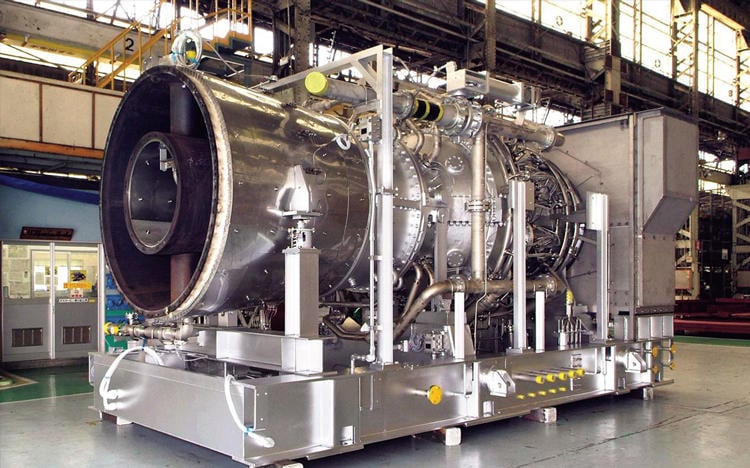
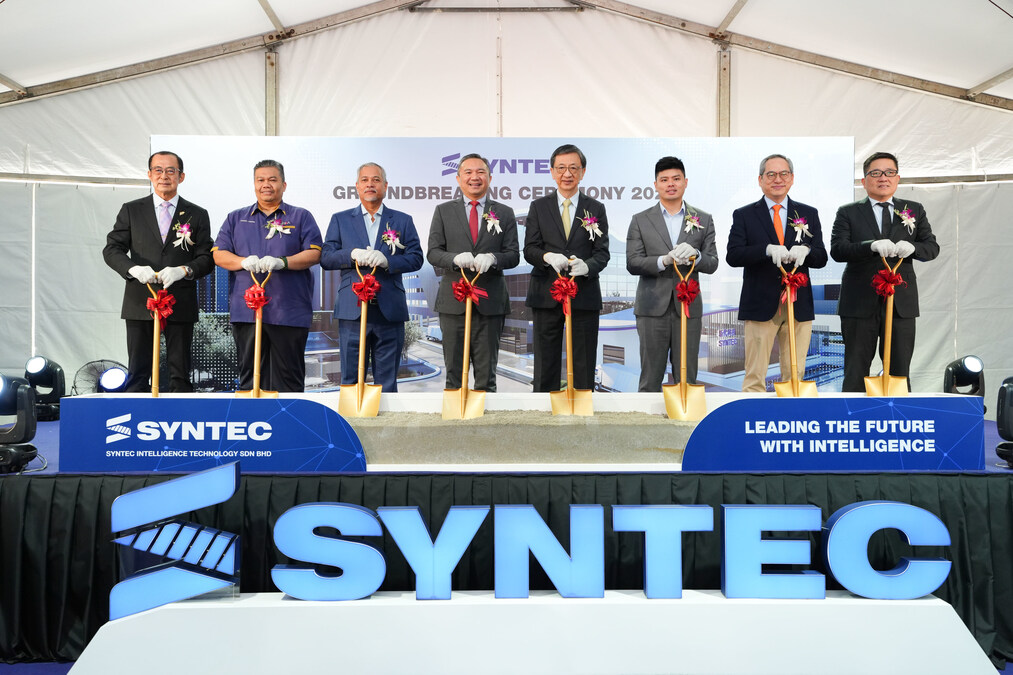

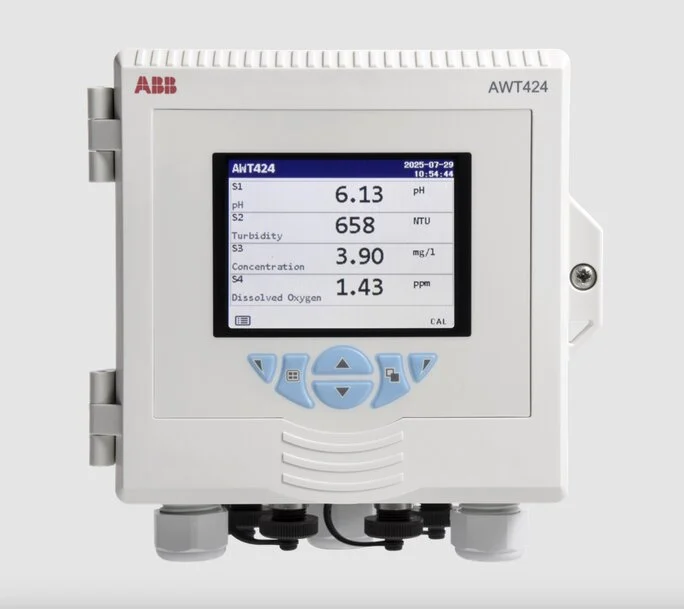

.jpg)
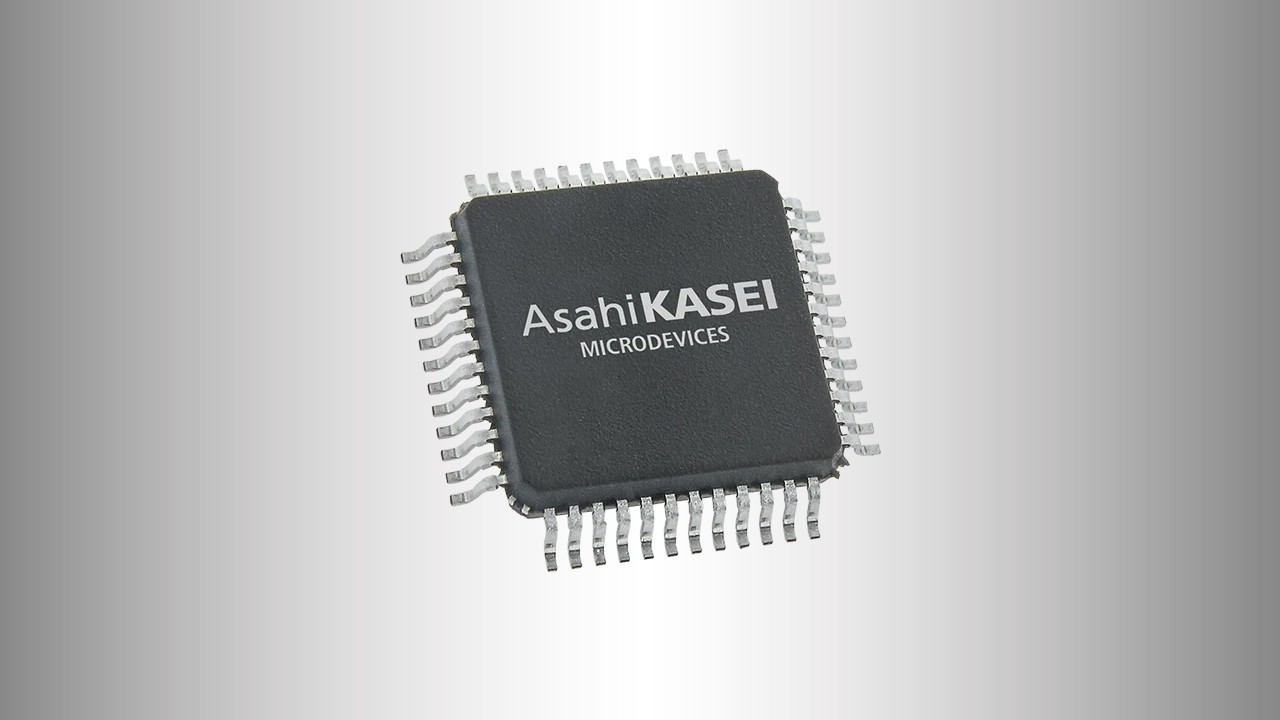
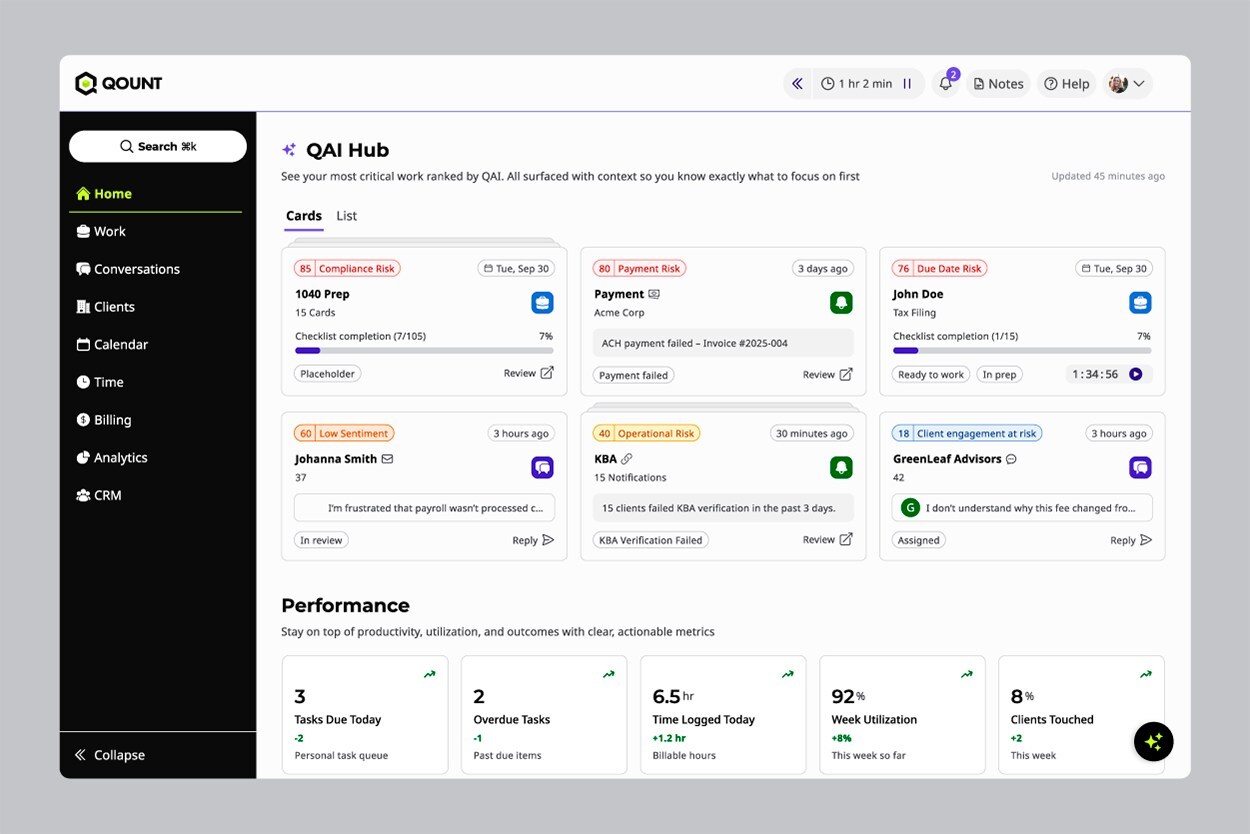

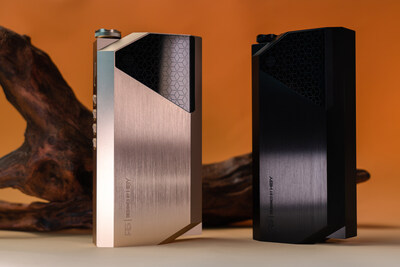







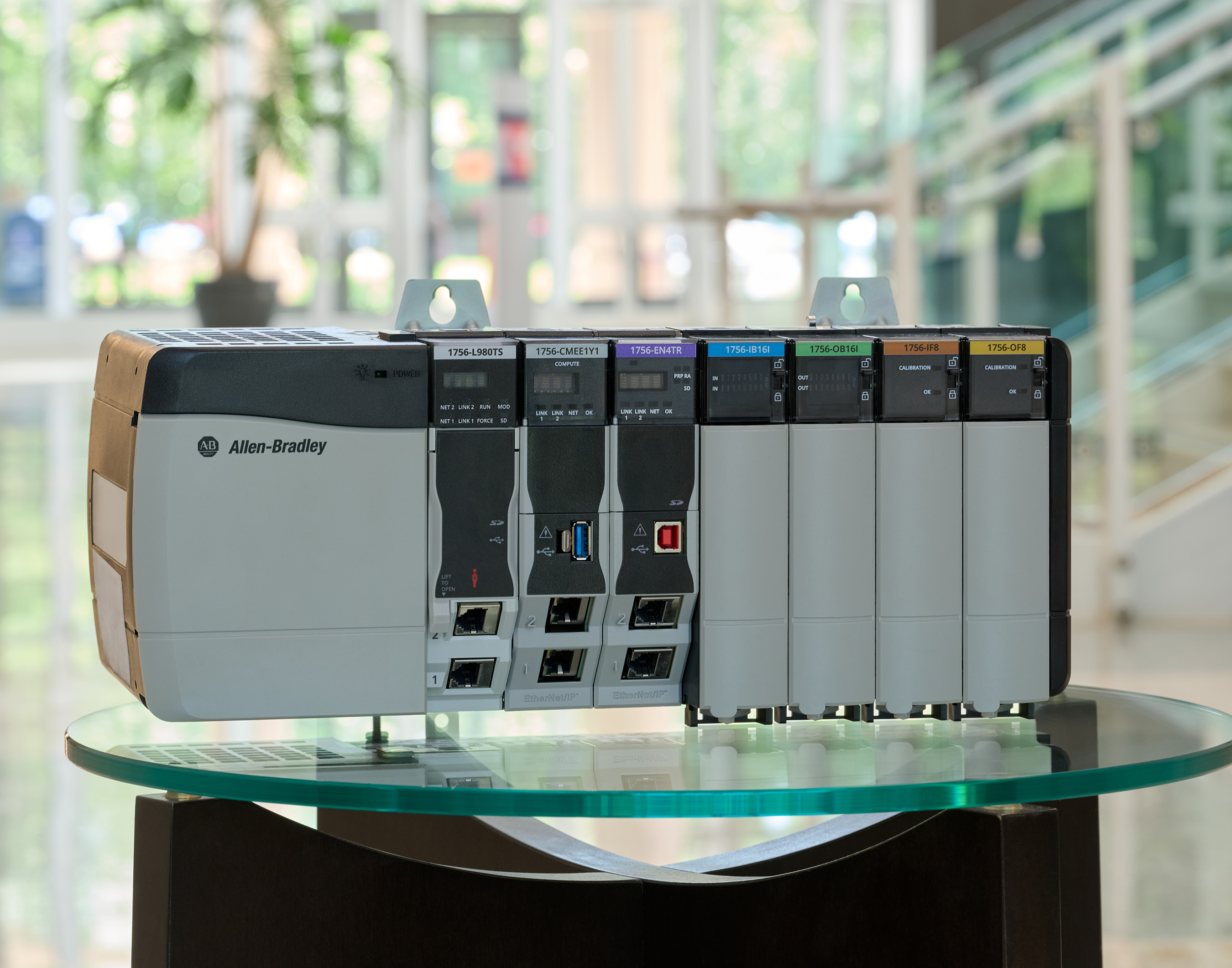

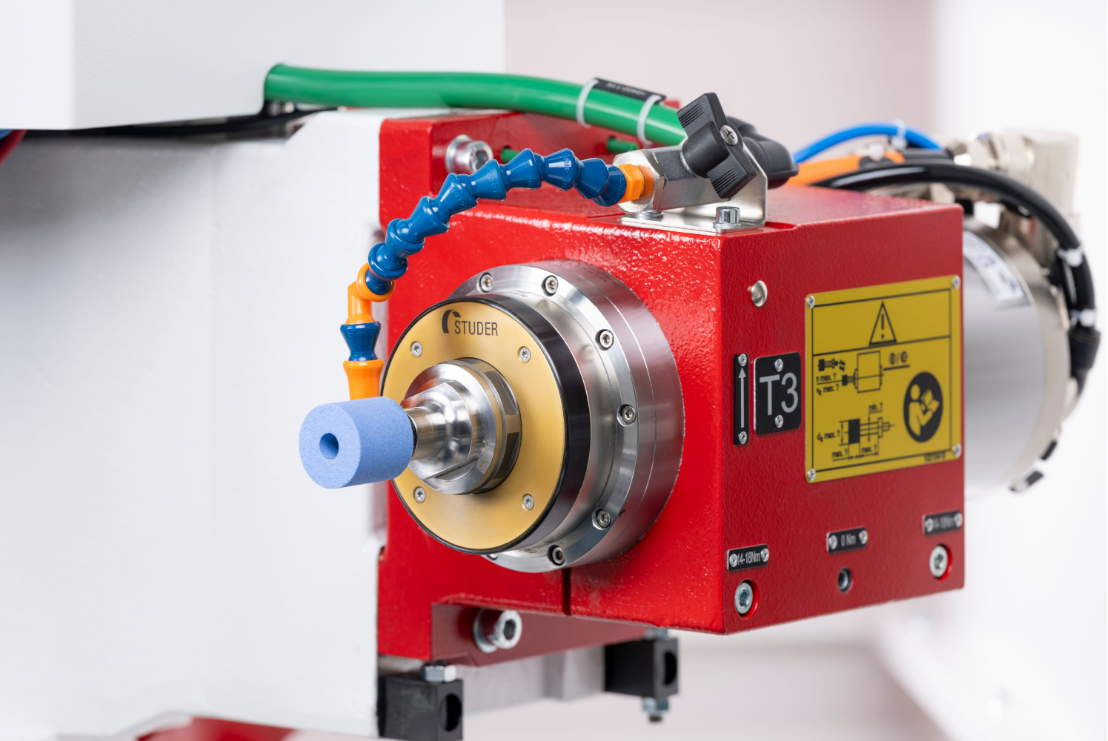
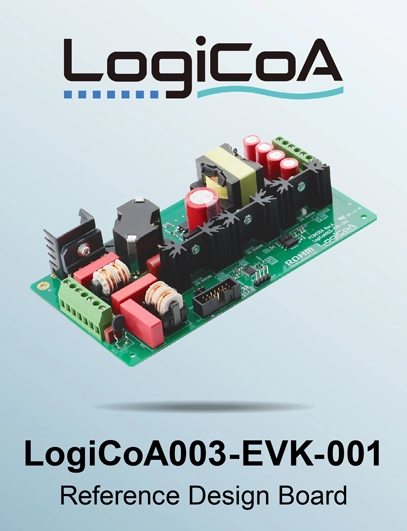




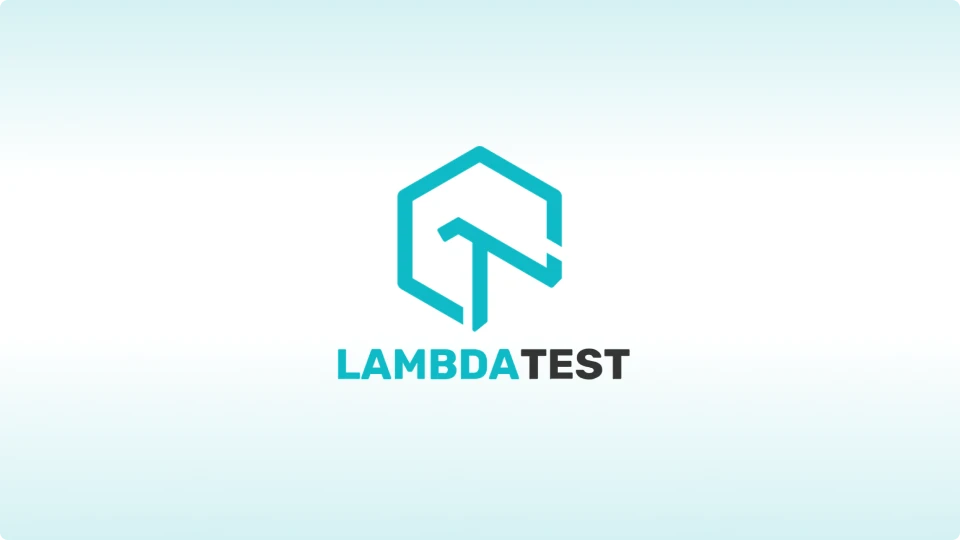
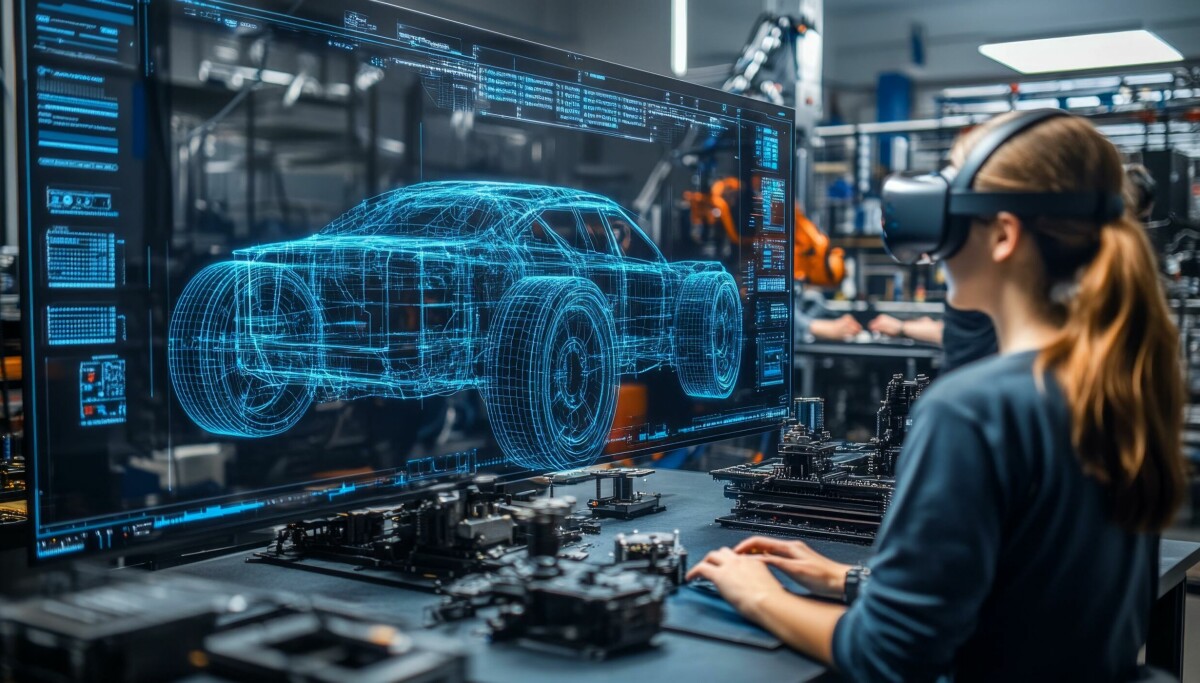

.png)
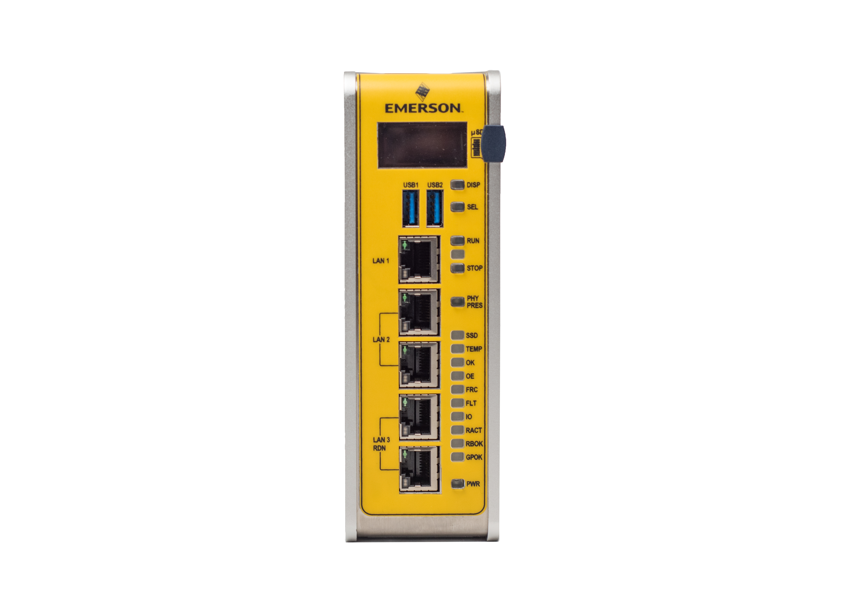
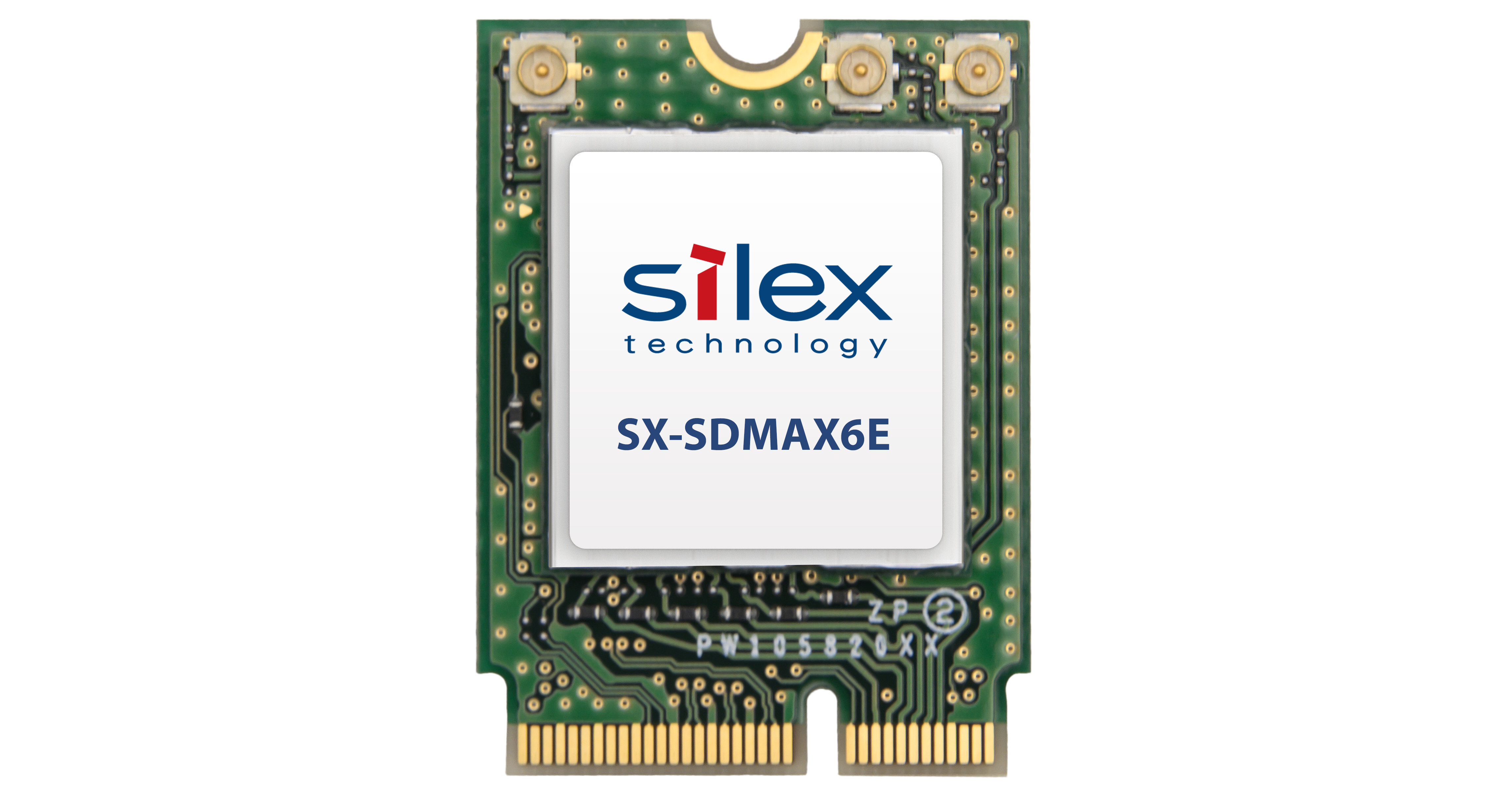



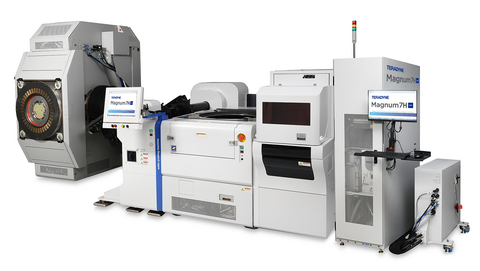
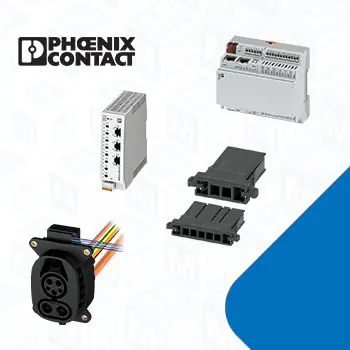

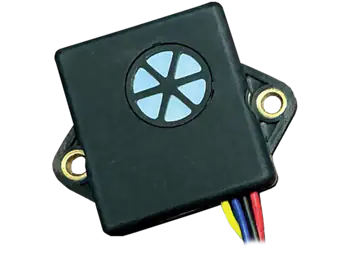


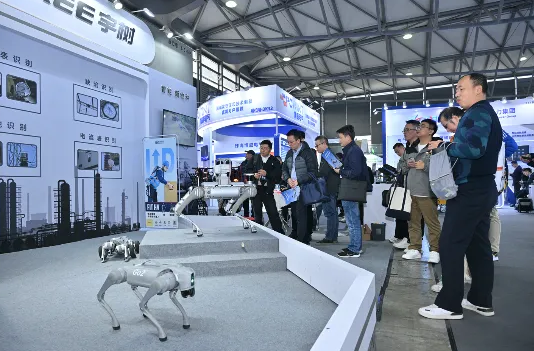
.png)





























.png)











.png)














